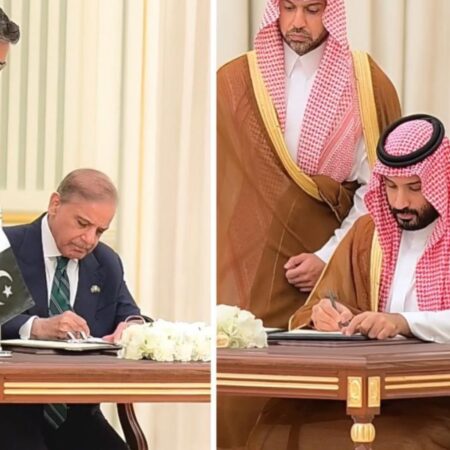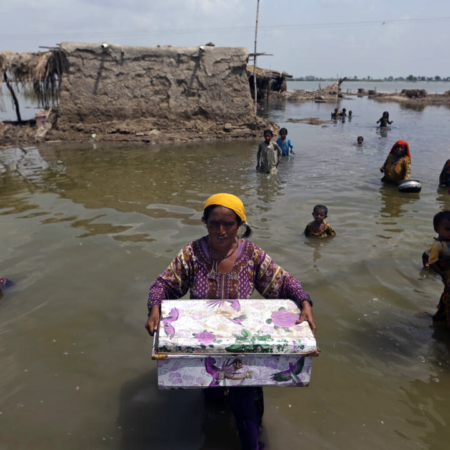Sunday saw a minor improvement in Lahore’s Air Quality Index (AQI) ranking as the city moved out of the “hazardous” category for the first time in twelve days.

Because of the severity of the haze, the Punjab government has declared an emergency in Lahore and Multan, imposing a “complete lockdown” from Friday through Sunday.
Due to decreased vision, dense pollution raises the likelihood of traffic accidents in addition to causing respiratory health problems.
Over the past few weeks, smog—caused by harmful pollutants—has blanketed numerous Punjabi cities, with Lahore and Multan suffering the worst. Multan’s AQI score has already surpassed 2,000 twice, establishing a new air pollution record.
As the administration attempted to alleviate the persistent pollution “calamity,” the province capital was the most polluted city in the world earlier this week, with an AQI of over 1,000.
Today’s rating indicates that since November 5, the air quality in Lahore has been “hazardous.”
However, according to the rating, the city’s air quality dropped below 200, making it “unhealthy.”
To lessen public exposure to smog, the provincial administration has prohibited people from attending public parks, zoos, playgrounds, and museums in recent weeks. Additionally, schools throughout the province have been closed until today, November 17, to limit public exposure to smog.
Earlier this week, a representative of the United Nations Children’s Fund (Unicef) in Pakistan asked for immediate and increased measures to minimize air pollution, pointing out that more than 11 million children under five were exposed to haze in Punjab’s worst-hit regions.











No Comment! Be the first one.